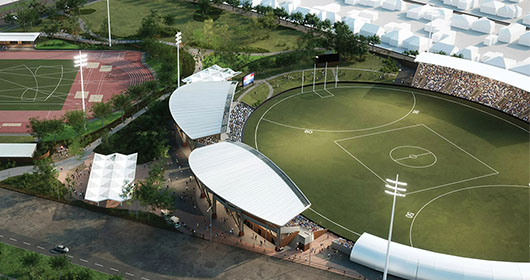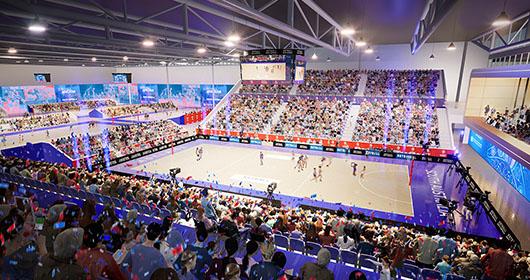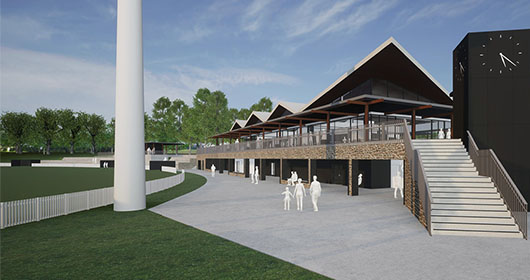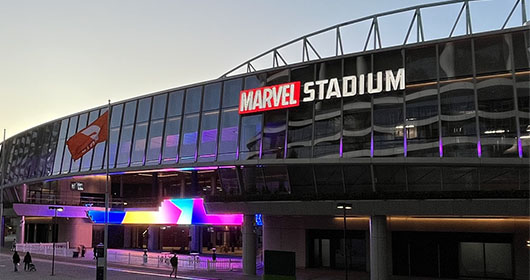Top Stadiums to host the FIFA World Cup
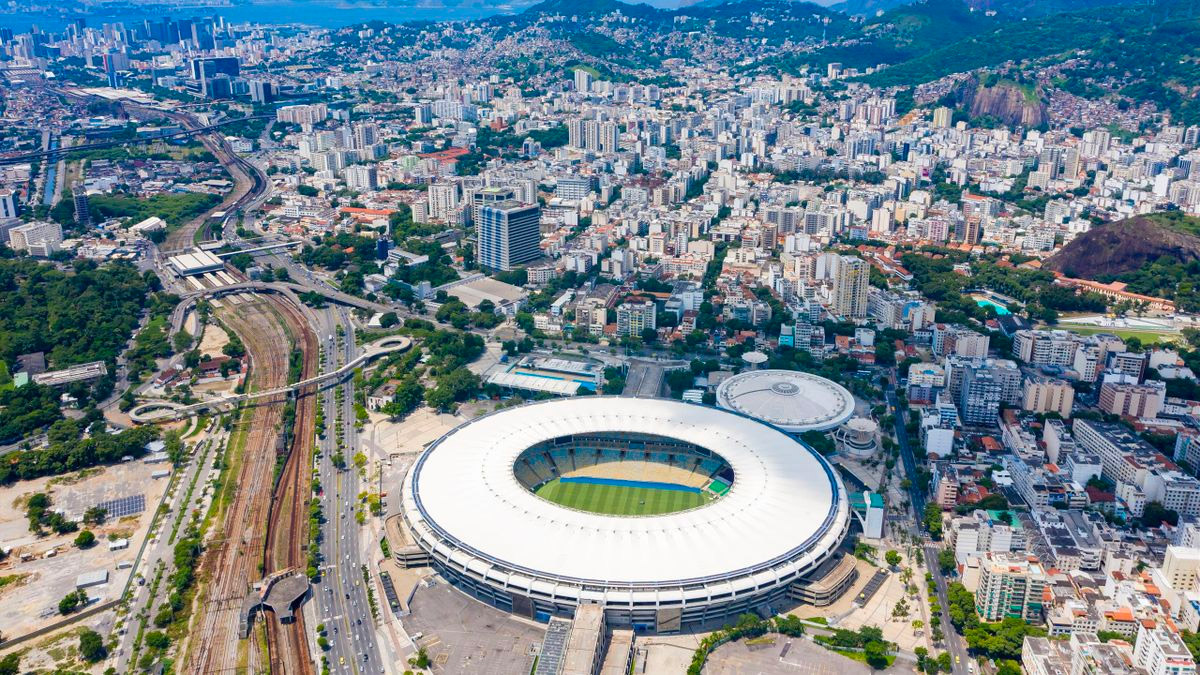
The FIFA World Cup is one of the most anticipated sports events in the world and some of the world’s most iconic stadiums have hosted it.
Since 1930, the World Cup has seen continuous growth and it is now one of the largest sports events in the world. Thousands of football fans flock to the event every four years no matter where it’s played, to enjoy the culture, the environment and of course the action on the field.
The World Cup draws adrenaline, excitement and surprising twists, like playing a True Blue casino no deposit bonus game. What is more magnificent in combination with the World Cup, is the impression individuals get upon visiting the world-class stadiums selected to host games.
List of the Top Stadiums to Hold the FIFA World Cup
- Maracanã Stadium in Rio de Janeiro, Brazil
- Estadio Azteca in Mexico City, Mexico
- Estadio Centenario in Montevideo, Uruguay
- Wembley Stadium in London, England
- Stade de France in Saint-Denis, France
Maracanã Stadium in Rio de Janeiro, Brazil
This famous stadium is known locally as the ‘Estádio Jornalista Mário Filho’ and has hosted the FIFA World Cup on two occasions. The most recent time being in 2014, and the first held back in 1950. Most Brazilians associate the game with the term ‘Maracanzo’, loosely translated to mean ‘The Maracana blow’. The reason behind it is that the country's team faced Uruguay back in 1950 and lost the World Cup to them on their turf. The defeat was unexpected as the Brazilian team was up a goal in the first half, but Uruguay mounted a comeback in the second half.
The Maracanã Stadium in Rio de Janeiro, Brazil, also holds the title for the stadium with the highest attendance in the whole world to date. There were 199,854 people at the stadium for the 1950 World Cup Final. The high attendance numbers were again witnessed in 1983 where 155,253 fans were on hand for a local match between Flamengo and Santos. The stadium underwent a major redevelopment back in 2013, and as a result, the capacity has decreased to around 100,000.
Estadio Azteca in Mexico City, Mexico
The Estadio Azteca in Mexico City, Mexico, popular for having hosted two different World Cup Finals, remains as one of the largest stadiums in the world today. The stadium hosted the 1970 World Cup and again in 1986. The stadium opened back in 1966 has gained popularity due to the high number of spectators attending matches there. The very first game held at the stadium attracted 107,494 spectators, which was a world record on its own. The original capacity for the stadium may have been 115,000, but with the introduction of new safety measures and building guidelines, the capacity has dropped to around 100,000 after renovations back in 2016.
The stadium is also popular for the famous "Hand of God" used by Diego Maradona back in 1986 to describe his goal against England. Also, many fans of Pele associate his success with the stadium making it a popular hangout for many World Cup fans. However, the stadium is a bitter pill for England football fans due to the Maradona goal. The controversy surrounding the goal is that the referee failed to disqualify it, having not seen what had happened. As a result, England never advanced to the finals, and Argentina won the World Cup that year. It was difficult as there were no advanced technologies that one could use to review the game or confirm the move. Today, VAR technology can be used to review goals to ensure obvious errors are corrected.
Estadio Centenario in Montevideo, Uruguay
There are no words magical enough for a football fan to describe the Estadio Centenario in Montevideo, Uruguay. It was the first stadium to hold the World Cup back in 1930 and was specifically built for this purpose. Despite the long time and the history behind that game, the stadium still stands today. The stadium never held the inaugural ceremony for the World Cup that year as its construction was still incomplete due to bad weather. However, after the first five days of the tournament, every remaining game was held at the newly-completed stadium, and Uruguay went on to win the World Cup that year.
The stadium also holds several first, including being Latin America's first stadium to have reinforced concrete. Its overall design set precedence on how other countries could remodel and build their stadiums to encompass large crowds. Also, it has been described as "the only historical monument of World Football, the only building of its kind" by the first FIFA World Cup president Julies Rimet. He also dubbed the stadium "the temple of football".
Wembley Stadium in London, England
Pele, one of the legends in the World Cup football matches, describes London’s Wembley Stadium as "the cathedral, the capital and heart of football." Indeed, the stadium is a wonder for the sports world due to its design, structure, and major features. The current stadium stands upon the original Wembley Stadium built back in 1923. There are warm memories for all football followers in England as this stadium represents the most magnificent win in World Cup history. England beat West Germany to take the World Cup with around 98,000 on hand to witness to the win.
The stadium’s popularity further increased due to Geoff Hurst's hat-trick that was the first ever to grace the FIFA World Cup Finals. Also, the third goal was a major controversy after it was awarded to England by the referees Gottfried Dienst and linesman Tofiq Bahramov. Also, it holds the record for the most viewed event on British television with 32.3 million views as of July of 2018. It remains as the home stadium for the English national team, which plays many big games at the modern stadium.
Stade de France in Saint-Denis, France
The Stade de France has an innovative design, especially with the "movable seating" for football and other sports. The architectural masterpiece was a first of its kind after it was built back in 1998. Not only did it incorporate the 21st century technology in its design, but it also brought home the idea of a versatile stadium space for different types of events. The innovative design has made the stadium popular for holding two different World Cup Finals – Football in 1998 and Rugby in 2007. It has also staged major athletics events.

In conclusion, stadiums selected to host the World Cup football games have to meet specific criteria such as a minimum capacity of 40,000 and a high-quality design. As a result, most of the stadiums on the list are iconic and represent major landmarks and tourist attractions for sports fans from all over world. Today, many encompass various technologies, and since there are many more games to watch in the future, more stadiums will continue to pop up. For now, the stadiums listed above represent some of the best to have hosted the FIFA World Cup.

